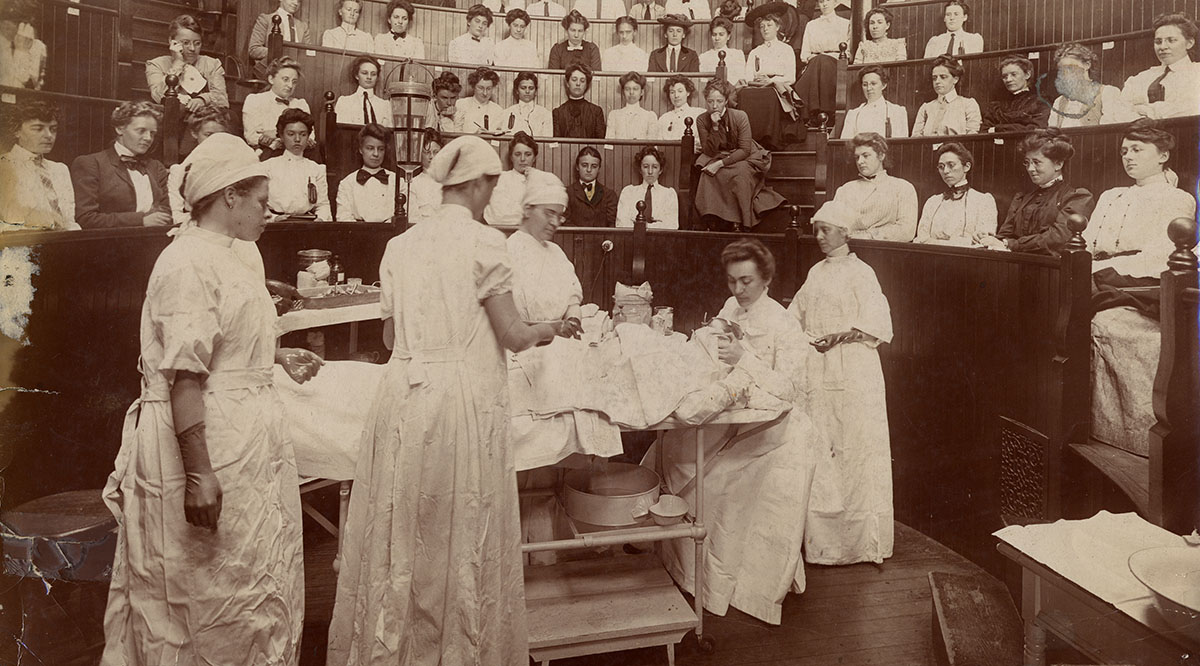
FAQ About Women in the History of Medicine
Women in the History of Medicine
2 years ago | gizem
How has gender diversity in medical leadership evolved in recent decades?
Gender diversity in medical leadership has evolved over recent decades, reflecting broader societal changes, increased representation of women in medicine, and efforts to promote gender equity in healthcare leadership roles. While progress has been made, challenges and disparities still exist. Here's an overview of how gender diversity in medical leadership has evolved:
Historical Perspective (Mid-20th Century):
- Historically, women were significantly underrepresented in medical leadership roles, including positions in medical schools, hospitals, and professional organizations.
- Gender disparities were particularly pronounced in surgical specialties and academic medicine.
Late 20th Century and Early 21st Century:
- The late 20th century saw a gradual increase in the number of women entering medical schools and pursuing careers in medicine.
- This increase in the pipeline of female physicians contributed to a growing presence of women in medical leadership positions, although they remained underrepresented.
Efforts to Promote Gender Equity:
- Medical organizations and institutions began implementing policies and initiatives to promote gender equity and diversity in leadership.
- These efforts included mentorship programs, leadership training, diversity committees, and the establishment of women's networks within medical organizations.
Academic Medicine and Research:
- In academic medicine, more women began to occupy faculty positions, including tenure-track positions and leadership roles within medical schools and research institutions.
- Some women excelled in research and were recognized with prestigious awards and positions.
Medical Organizations and Associations:
- Professional medical organizations and associations began to actively address gender disparities in leadership by appointing more women to leadership positions.
- Initiatives focused on promoting diversity and inclusion, recognizing the contributions of women physicians, and advocating for gender equity in healthcare.
Challenges and Disparities Persist:
- Despite progress, challenges and disparities in medical leadership persist, particularly in certain specialties, such as surgery and cardiology.
- Women continue to be underrepresented in top leadership roles, including department chairs and medical school deans.
Intersectionality and Diversity:
- There is increasing recognition of the importance of addressing not only gender disparities but also the intersectionality of gender with other factors like race, ethnicity, sexual orientation, and disability status.
- Diversity and inclusion initiatives are becoming more comprehensive in addressing these multiple dimensions of identity.
Ongoing Advocacy and Activism:
- Women in medicine, along with allies and advocacy groups, continue to work towards greater gender diversity and equity in medical leadership.
- Advocacy efforts include raising awareness of gender bias, promoting mentorship and sponsorship, and advocating for policies that support work-life balance and gender equity.
